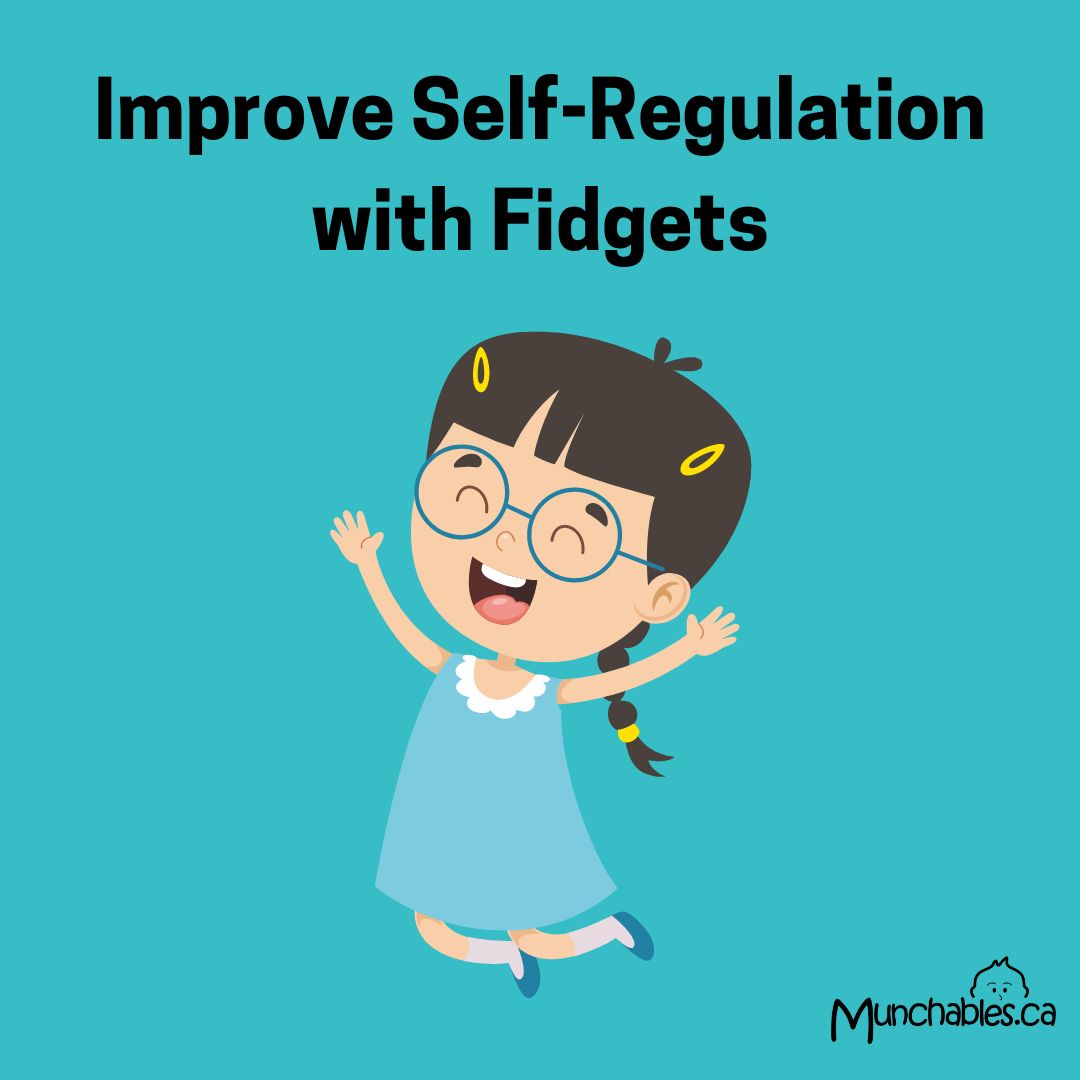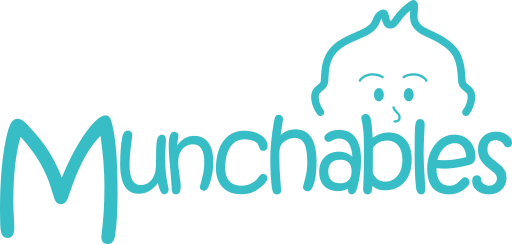
Improve Self-Regulation with Fidgets

By Jeannete Loftus, Sensory Processing Disorder Parent Support
Contributing Author, Laura May, Munchables
We all fidget at different times and many may not even realize it. Some may chew their fingernails, while others chew gum or tap their feet. Throughout our lives we continually learn new ways of coping with stress and anxiety. We do our best when we are regulated. Self regulation is the conscious ability to manage thoughts, feelings and behaviour.
Fidgeting is often a self regulation mechanism that helps us raise or lower our attention levels to attain an optimal arousal level. Fidgeting can either calm or energize us. Fidgeting uses movement to help us focus and concentrate. For some, the more we move, the more we are able to think, learn and boost our verbal memory. This is especially applicable to those with Attention Deficit Hyperactivity Disorder. If someone with ADHD is bored, they quickly get tired and worn down. This is why stimulant medications can work well for those who have ADHD as they need stimulation to feel focused and regulated.
Children and adults who have Sensory Processing Disorder, ADHD or are on the autistic spectrum need regular sensory breaks throughout the day to remain regulated - even when they are not displaying the need. We shouldn't wait for the tell tale signs of dysregulation to appear. When you see your child having a meltdown or becoming hyperactive, this is a sign that they have become dysregulated. This is usually because they are tired, overstimulated, stressed, anxious or frustrated.
There are different types of self regulation tools to help us to feel calm, relaxed and improve our environments. These aids help us to stay regulated. Chewelry and fidgets are two such sensory tools.
Fidgets come in all shapes and sizes. Some people enjoy squishy fidgets while others enjoy tangle fidgets. There are so many types of fidgets including poppers, spinner rings, putty, stress balls, chair foot bands and chews.

Figure 1. Munchables Ultimate Fidget Pack.
In a classroom or work setting, it is important to find fidgets that are not distracting to other students. Some fidgets are too noisy (such as pop tubes and clickers) while others can end up requiring movement (like balls that roll away) which can make kids more hyper. Sensory aids that only engage our hands can help the rest of our body stay still.
Consult with your child's Occupational Therapist (OT) to determine which fidgets would be appropriate for your child while they are in class. You may be required to include fidgets and sensory tools in your child's Individual Education Plan (IEP). The fidgets used at home may be different than the fidgets used in a classroom. At times, we need to advocate for our children to have these sensory needs met while attending school.
Everyone has different needs that require different tools or accommodations in their sensory diet. We should never use fidgets or sensory tools as rewards. We should always have sensory tools available for self-regulation. The more we accommodate a child's sensory needs by providing the right tools, the more calm and comfortable they will feel.
Chewelry is a great way to give children the oral and proprioceptive sensory input they need throughout the day to help them focus and stay calm. Sensory chew necklaces or chew pendants are a safe way for your child to always have their chewelry available when they need it. A chewing necklace, such as the Pop It Chew Necklace, can act as both a fidget and a calming tool. Oral aids are proven to help generate a calm and focused response in users. The proprioceptive receptors located in our jaws send calming messages to our nervous system every time we chew.
Using a pencil topper chew is another more discreet way to give your child the sensory input they need in their classroom during school. Adults particularly appreciate the clear chewy pencil toppers, shown below.

Figure 2. Woman chewing on Munchables Chewy Tube Pencil Toppers.
When we as parents feel stressed, anxious or frustrated, our children feel and pick up on that. It is important to model calm behavior around our kids. Co-regulation is when we share our calm with those around us. When we, as parent are feeling escalated, we are unable to calm down our escalated children. Fidgets and chewelry are two highly important tools for successful self-regulation. We recommend you add them to your toolkit today!
